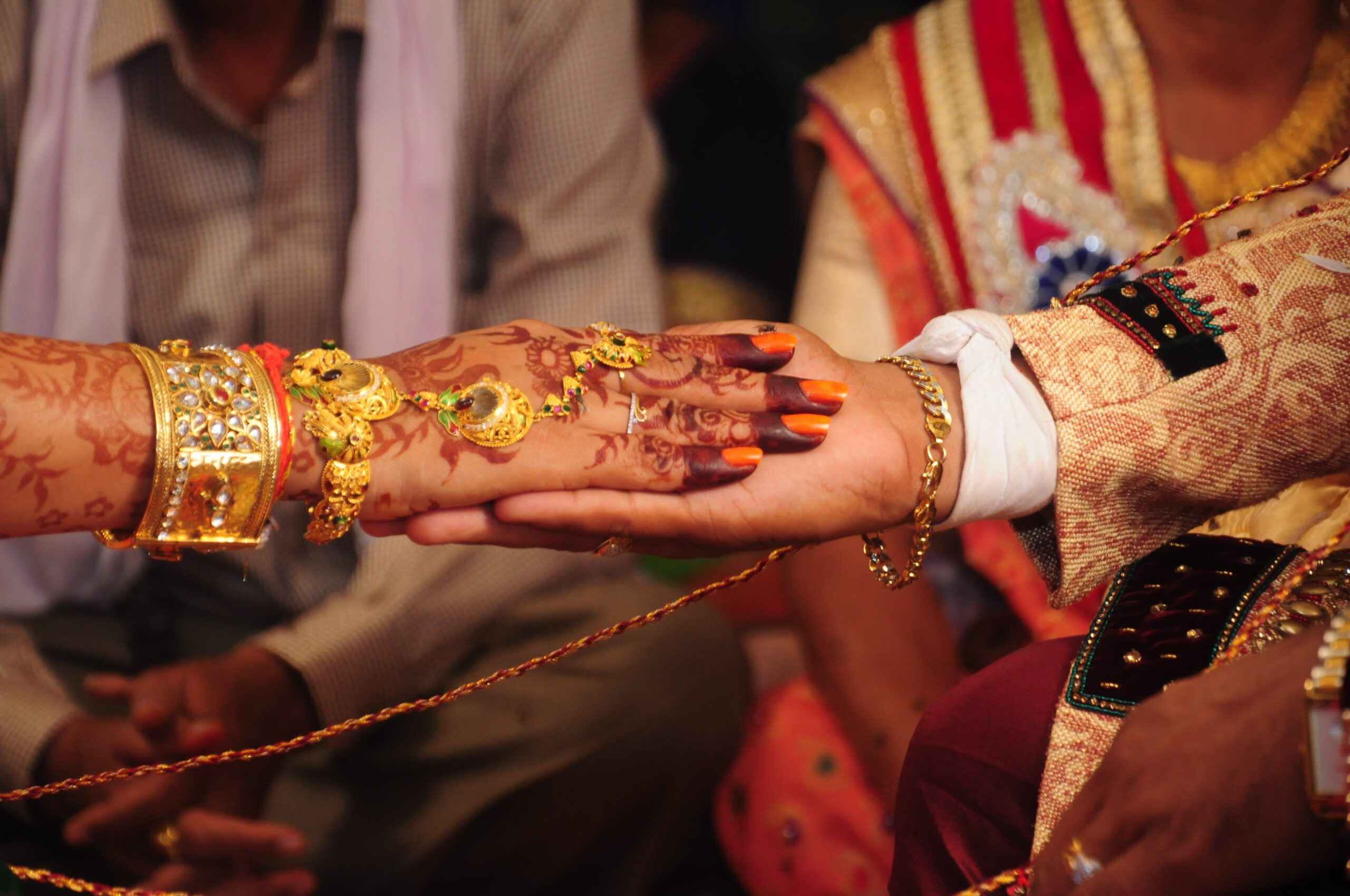It is a subject of discussion in many within Telugu speaking states and other parts of India, how an insignificant 5% population of Kammas has acquired so much power or dominance in various facets of business, political, and social lives. This even generated curiosity among foreign researchers and historians, which prompted them to visit Telugu land to conduct painstaking research on what differentiates Kammas from other communities in achieving such a stupendous and widespread success. In addition, the insurmountable growth and authority acquired by Kammas have pulled ire of other communities towards it, which in some areas even prompted other communities to stop disposing lands to Kammas. However the moot point here is how a social class of marginal farmers and landless laborers some 50 years ago has advanced to this extent.
Profound observations and study on how Kammas evolved over decades in reaching today’s point of their successful subsistence revealed interesting elements. Since the time information is available, Kammas over generations always maintained their sway over agrarian resources i.e. land and water, the practice which in the long run helped the community to progress politically, economically, and socially. Kammas majorly being a village centric community had their say over village economy leveraging the advantage as landlords. The prominence given to agriculture during initial five year plans and government’s stress on Green Revolution after independence came as shot in the arm for Kammas, which further consolidated their strength in agriculture. More than any agrarian community, Kammas have justifiable and genuine prerogative to appeal for the recognition for pioneering contemporary state-of-the-art agricultural methods and processes.
However the kind influence they possess is quite disproportionate to the scanty numbers they have in terms of population. What added value to their strength and power is their hardworking nature, readiness to take risks, and progressive ideologies, along with the emphasis given to education, culture, and arts over years. The magnitude of importance given to education has facilitated Kammas to gradually diversify into multiple professions including businesses, art, sports, trading, publishing, media, entertainment, and others. Across India we could find very few communities such diversified exposure.
Early nineties, economic reforms, and the foray of information technology into global business environment opened doors for Indian engineers. One of the communities that had first mover advantage is again Kammas as they never compromised when it came to their children’s education. Most of the families irrespective of their financial standards made their children to go for higher studies after 80s and most of them have opted for Engineering. There was a time when private colleges were not introduced in Andhra Pradesh, the engineering institutions in Maharashra, Karnataka, and Tamilnadu majorly endured on students from AP. Once the opportunities in information technology spiked up engineers from Kamma community took fullest advantage and fetched jobs both domestically and globally. It would not be an exaggeration if it is stated that most of the Telugus in USA are from Kamma community. Those who migrated to other countries didn’t stop with achieving their goals, but are extending assistance to their families back home, as well doing lot of good work in their villages and birth places. They are aiding their relatives and friends in choosing right education options and enabling them to get employed. As well, their generous and empathetic approach towards society can be seen in these triumphant Kammas extending financial aid to poor students, restore dilapidated temples in their villages, as well build new temples. Some Non Resident Indians (NRIs) are also quite active in political milieu.
Flexibility to adapt to changing circumstances from time to time helped the Kamma community progress by leaps and bounds vis-à-vis other communities.
According to the Indian culture, the matchmaking process is majorly performed by elderly people like parents, relatives, and friends. India being such a largely populated country with different religions, castes, and sub-castes, the process of matchmaking is a kind of difficult task to be handled along with every day’s busy schedule. Marriages are made in heaven and your life partner is a gift from God to enjoy the journey, struggle in any difficult situation, and arrive at every destination with togetherness. Subhamastu is the best Kamma Marriage Bureau especially for the Kamma People to help you find your soulmate




